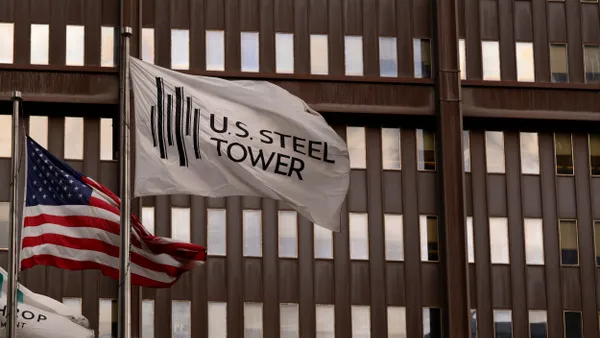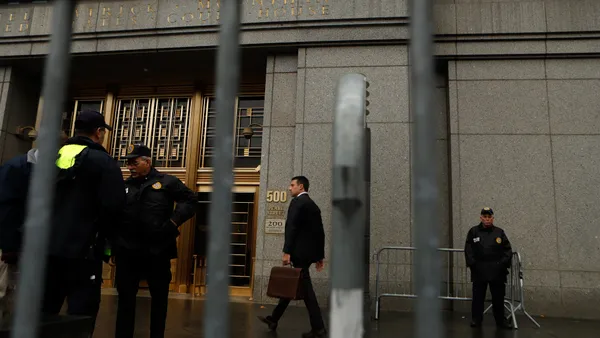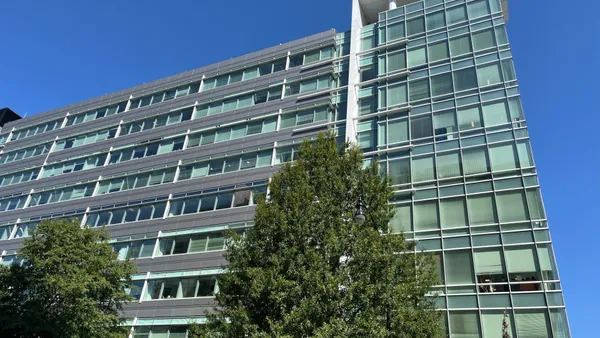Dive Brief:
- Plaintiffs in employment-related class action suits had a banner year in 2019, according to Seyfarth Shaw's annual Workplace Class Action Litigation Report.
- While there were only 6,780 federal wage and hour lawsuits filed in 2019 — a decade low — plaintiffs achieved the highest-ever rate of class action certification, with an 81% success rate for wage and hour suits, 65% for ERISA suits and 64% for bias suits. Additionally, wage and hour settlements jumped to $449 million in 2019, up from $253 million the previous year.
- The report also noted that #MeToo momentum is continuing, "fueling employment litigation issues in general and workplace class action litigation in particular."
Dive Insight:
Employment law shifts generally are moving in employers' favor, including U.S. Supreme Court decisions relating to complex employment litigation and class-action issues, the report also noted. But given the other developments flagged in the report, it's clear that employers are by no means untouchable.
Class actions are particularly troublesome for employers because they can result in large payouts. Wage and hour class claims, in particular, lend themselves to collective action because systemic violations may be well documented. Delta Airlines, for example, recently paid $3.5 million to settle class overtime allegations.
Systemic discrimination may be more difficult to show, but that hasn't stopped federal enforcement agencies, especially when it comes to contractors. Bank of America, Dell and Goldman Sachs, for example, agreed to pay a combined $20 million to settle three separate U.S. Department of Labor discrimination claims, the agency announced late last year.
Experts say employers can prevent discrimination claims by creating an inclusive, diverse culture that is intolerant of bias and harassment. Additionally, compensation audits can help uncover and remedy problematic pay practices; the same goes for wage and hour audits, especially to ensure compliance with new overtime regulations.











